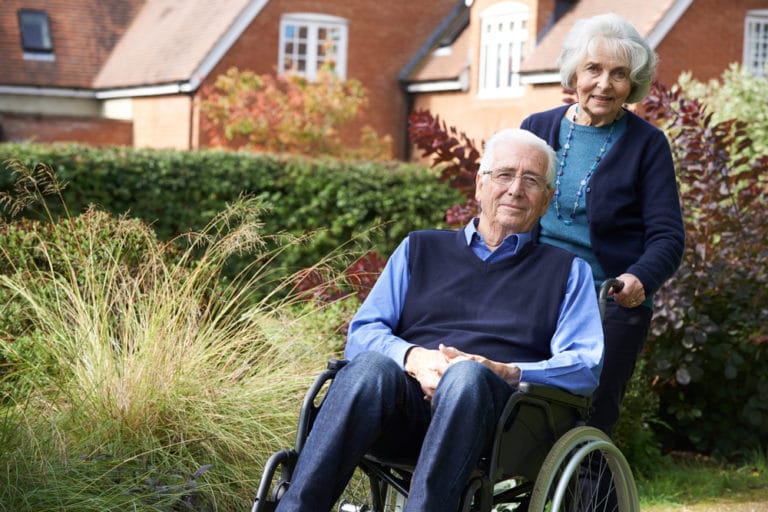Seniors who have an income above the Medicaid threshold but lack a high enough income to have substantial personal savings are considered “The Forgotten Middle.” These are elders who are more likely to struggle to afford long-term care that may become necessary as they age.
According to a recent analysis by NORC at the University of Chicago, which updates results from its 2019 “The Forgotten Middle” study, the number of individuals who will fall into this middle-income bracket as seniors will grow by nearly 90 percent over the next 10 years. It will also be more racially and ethnically diverse, comprising more than 22 percent of people of color.
Come 2033, the report states that 16 million seniors aged 75 and older will be struggling to cover the cost of health care and housing — all while becoming increasingly likely to require greater caregiver support.
The Effects of Aging
The study analyzed what type of care seniors need as they navigate the effects of aging. By 2033, many middle-class seniors will have three or more chronic conditions as well as limited mobility, making housing and care options a significant concern. The “Forgotten Middle” may struggle with other effects of aging, including potentially losing the ability to manage simple daily tasks like cooking, cleaning, and driving to appointments. In addition, they may experience the mental frustration that comes along with losing person and financial independence.
The solution for many is senior housing or long-term care. But both of these options can cost anywhere from $2,000 to $6,000 plus a month, making it out of reach for seniors who don’t qualify for Medicaid or have sizeable personal savings.
Home Equity Is Not a Safety Net
Meanwhile, the study states, “many seniors are reluctant to sell their homes either because their spouse still lives there or because it is a ‘nest egg’ to protect against unforeseen expenses or pass to their children.” Yet even with home equity, the report indicates that the “Forgotten Middle” will still struggle to afford private assisted living options or at-home care.
To protect their home investment and create a budget for home care, seniors can look into downsizing to a smaller, less expensive home. Understanding how much house they can afford can allow seniors to evaluate the options that will allow them to live comfortably at home and protect their “nest egg.”
Assisted Living Out of Reach
Other seniors may want the stability and socialization of assisted living, but more than 11 million will be unable to afford it. Many times, multi-generations will live together to reduce costs and provide care for senior family members; however, those who do not have support from family members will struggle to live independently.
The study shows that four out of 10 middle-income seniors do not have children nearby, so assisted living or at-home care is the only viable option. With minimal contributions from Medicaid and a lack of personal savings, middle-income seniors and their families will struggle to afford the options of full-time care.
Read the full report from NORC at the University of Chicago in PDF format.







